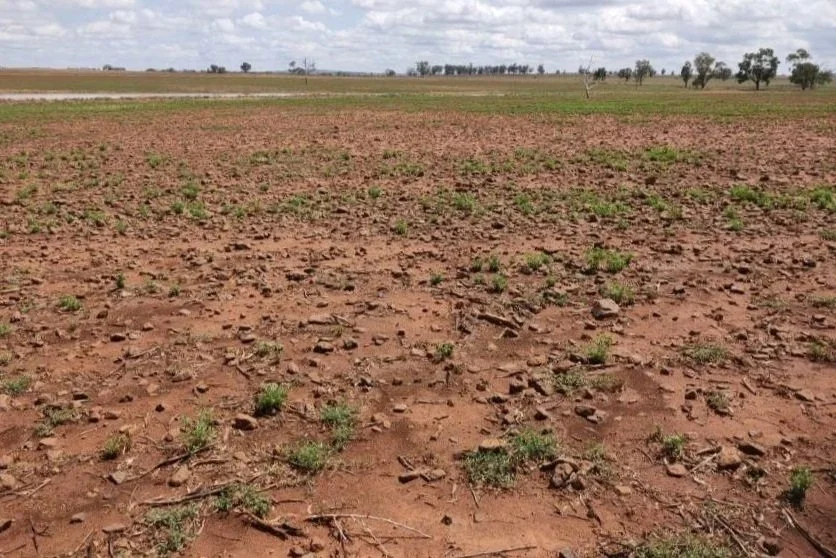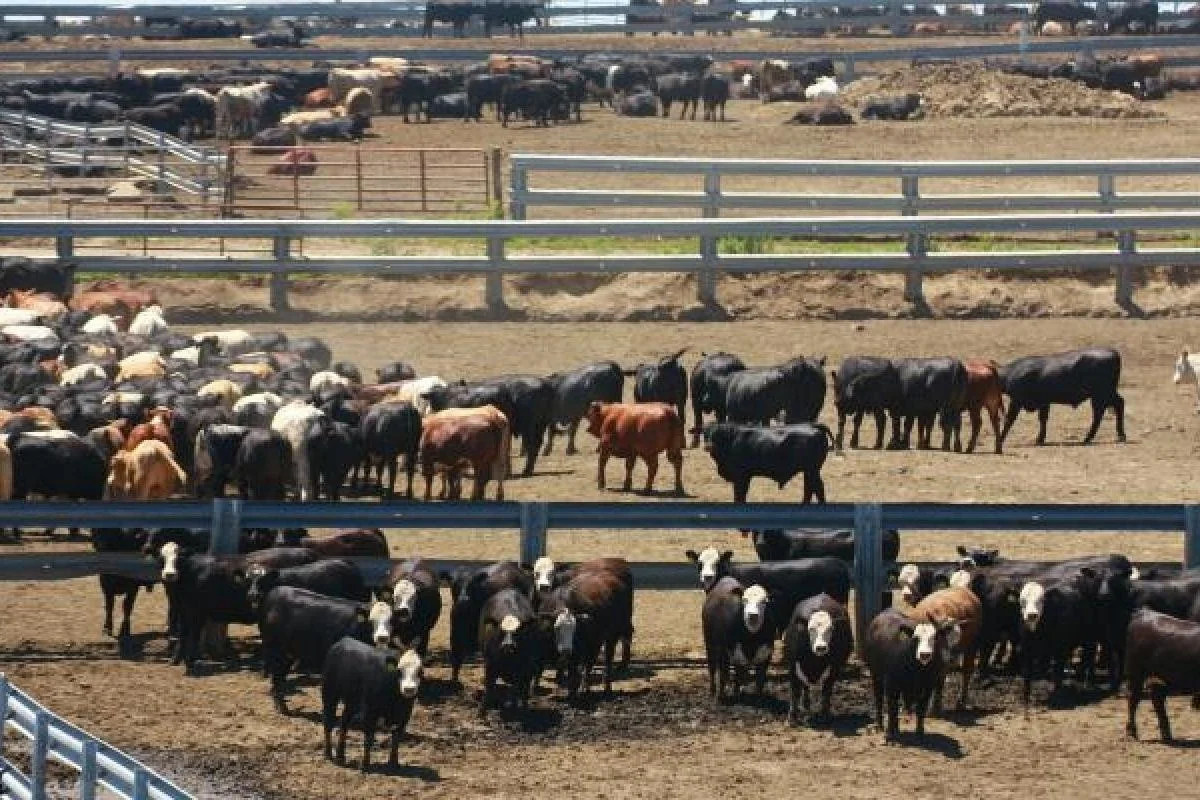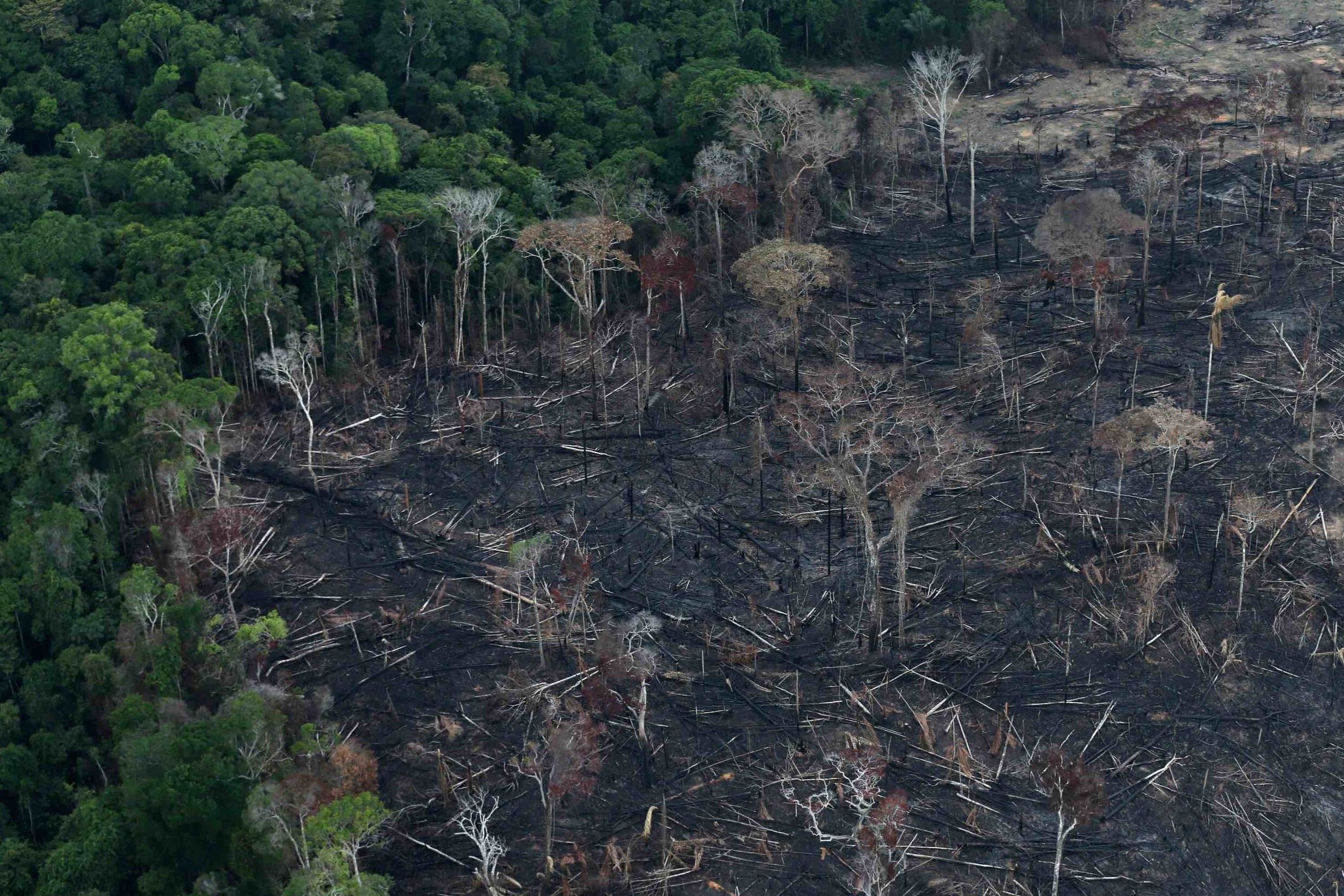‘Regenerative leather’ is a myth – here’s why
In response to the growing awareness of leather's massive impact on the climate, land, and animals themselves, the leather industry has begun to push what they call 'regenerative leather'.
Promised as a climate solution that holistically considers nature, it fails to live up to those lofty claims.
First up, what is ‘regenerative agriculture’?
While 'regenerative agriculture' as a whole lacks a broadly agreed upon definition, the Climate Reality Project defines it as a “system of farming principles and practices that seeks to rehabilitate and enhance the entire ecosystem of the farm by placing a heavy premium on soil health”.
Methods included in the regenerative agriculture movement include the use of cover crops, reduced tillage, poly cropping and more. Notably, these methods do not require the presence of animals. While animal life is critical to healthy soils, native and sparse grazing by wild animals being replaced by domesticated farmed animals bred for profit does not benefit soil, land or biodiversity [3–6].
Why do people think we need a ‘regenerative’ solution to transform leather supply chains?
The rearing of cattle for meat, dairy and leather can lead to soil erosion, especially when land is 'overgrazed' and when cattle are introduced to land that has not evolved to withstand the hard hooves of these animals, as is the case in some major hide exporting countries, such as Australia and the United States. Soil compaction results in lessened drainage and water infiltration, harming the health of soil.
Cattle grazing can not only erode soil, leaving it less nutritious, but it can also reduce plant cover, microbial growth, and the ability of soil to sequester carbon from decaying plant matter. Positively, soil quality restoration following the removal of cattle from land once used by rearing industries has been documented, including in Amazonia.
Soil is considered the cornerstone of environmental health in regenerative agriculture: without it, we have nothing. Given the documented evidence of soil degradation when rearing cattle on soil in leather supply chains, you may be wondering what proponents of ‘regenerative leather’ have to say.
What is ‘regenerative leather’?
'Regenerative leather' is claimed to be produced in a system in which the grazing of cattle allows more greenhouse gas emissions to be sequestered than is released through enteric fermentation (fermentation that takes place in the digestive systems of animals), resulting in net-positive climate outcomes, while benefiting the land.
Some proponents of regenerative grazing practices even argue that animals are a part of healthy ecosystems, and thus forms of agriculture that do not include animals like cattle could never be as sustainable.
In 2020, footwear brand Timberland announced a partnership with notable regenerative animal agriculture proponent The Savoury Institute. The brand claims that their 'regenerative' boots could “[put] more carbon back into the land than was emitted during production“, and that the leather production system is “not only minimising negative impact, but potentially having a net positive impact on the land”.
Despite a wealth of broadly scientifically supported work, the use of natural principles, organic fertilisers and compost, intercropping and most other techniques receive less coverage and attention than the use of cattle and other farmed animal grazing.
Debunking claims of ‘regenerative leather’
Peer-reviewed reporting and analysis have debunked many claims made by thought leaders in the supposedly regenerative grazing space.
The Grazed and Confused report from Oxford and Cambridge University, citing 300 sources related to soil health, 'regenerative' and other grazing methods, methane and farming, found that “only under very specific conditions can [grazing] help sequester carbon. This sequestering of carbon is even then small, time-limited, reversible and substantially outweighed by the greenhouse gas emissions these grazing animals generate”.
The report found that after some years, soil reaches soil-carbon equilibrium and no longer sequesters any more such emissions, and that ultimately, even the best animal agricultural practices are not as environmentally sustainable as plant-based agriculture.
So, is ‘regenerative leather’ possible?
The enormity of land used by animal farming is directly at odds with the most effective and thorough way of regenerating our planet’s biodiversity, which is by increasing the amount of land that can exist in its natural state. A transition beyond animal-based agriculture would free up 75% of agricultural land, as not only grazing land would decrease, but land used to grow crops for animal feed, too. That means that we could use about 3 billion hectares less land for agriculture, while still feeding and clothing us all.
Additionally, if we made this transition to a plant-based system by 2050, that freed up land that would be rewilded, this could help to draw down and securely store between 99 – 156% of our carbon emissions budget to 1.5C. That’s like sequestering 9 to 16 years of fossil fuel emissions.
'Regenerative leather' is not a climate solution, even if some methods of cattle ranching are more sustainable than others: more sustainable is not equivalent to genuinely sustainable.
Additionally, while ‘regenerative leather’ production claims to address some animal welfare risks, it cannot solve the problem of exploitation that leather production is rooted in: leather is the processed skin of an animal who cannot and would not consent to be commodified and killed.
What is the solution then and what do we wear instead?
The fashion industry needs to prioritise the use of next-gen leather and other materials that are land and climate-efficient, free from needless harm to animals, and genuinely broadly sustainable. That means a just transition to both animal- and plastic-free material solutions, derived from mycelium, recycled sources, plant-based agricultural waste, and microbial sources.
While material innovation takes time, we don’t need to wait until we can scale up next-gen material production to meet current leather production: the fashion industry must reduce its resource use and waste fourfold to exist within planetary boundaries. That means fewer shoes, bags and garments, made with better materials.
Want to learn more about leather’s impact on the planet, and our solutions? Read our full report.
References
What is regenerative agriculture? [Internet]. Nashville: The Climate Reality Project; 2019
Reducing grazing pressure. [Internet]. Melbourne (AU): Bush Heritage Australia; c2022 [cited 2022].
Ehlert K, Menendez H. Brookings (US): South Dakota State University; 2022 [cited 2022].
Colonising the landscape. [Internet]. Melbourne: University of Melbourne; c2022 [cited 2022.
Soil nitrogen supply. [Internet]. Perth (AU): Soil Quality; c2022 [cited 2022].
Better product. [Internet]. Stratham (US): Timberland; c2022 [cited 2022].






